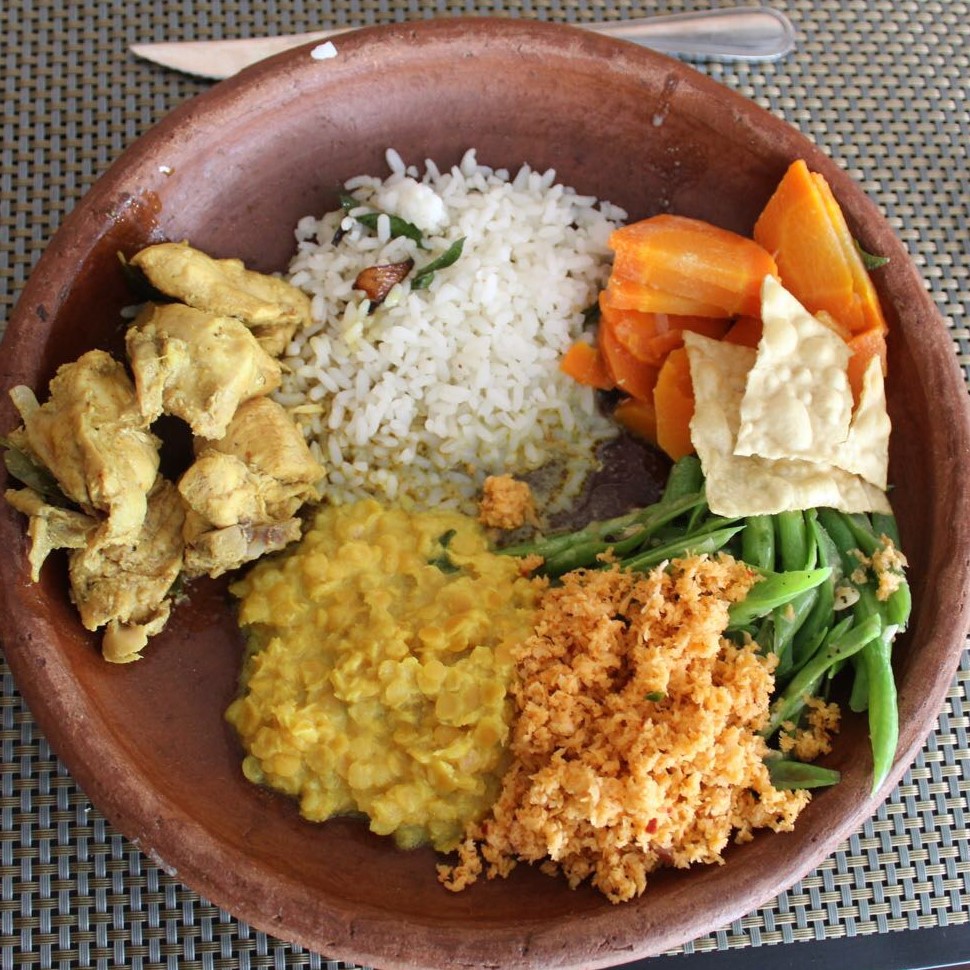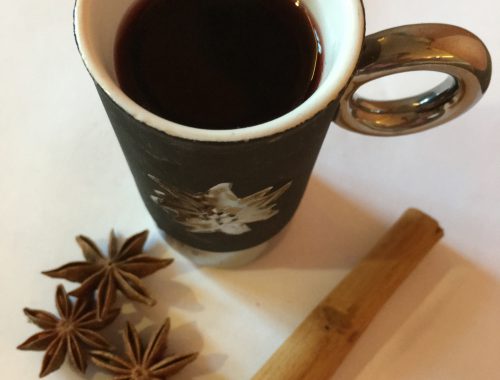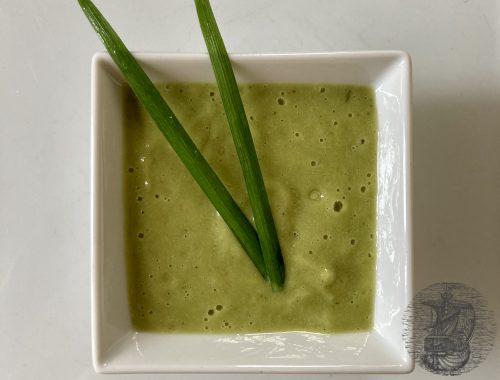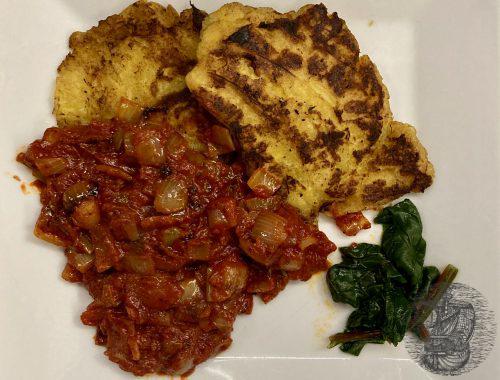
Curry leaves
Do you know Curry leaves?
The curry tree, which in Latin is called “Murraya koenigii”, is a tropical tree commonly found in India and Sri Lanka. It grows up to 4 meters high.
The fresh leaves are used as a spice and sold by the bunch in the market in these countries. However, many families have their own plants in the garden.
Furthermore, this plant is also common in other Asian countries such as Thailand, Vietnam, and Laos.
In Europe, unfortunately, the leaves are very difficult to find and if, then only dried. Often, they are also known as Kari leaves.
Curry leaves actually have nothing to do with the spice mixture curry
However, they are sometimes an ingredient in curry blends. In India and Sri Lanka, they are used fresh, very often and in large quantities. They go very well with soups, vegetables, rice, legumes, and stews.
In order for them to develop their flavor, it is better to cook them together with the dish and possibly remove them at the end of cooking. However, they can be eaten. I like them very much and eat them.
You can also fry them in hot oil before adding the other ingredients. This way they develop even more aroma.
Their aroma is not easy to describe; something between fruity and smoky, they smell a little like curry spice mix. To me, they simply smell like a vacation.
I have had a curry leaves plant for several years. It does well in the garden in the summer, and in the winter, I bring it into the house but it loses all its leaves every year, so every time I think it’s not going to recover. However, in the spring it sprouts again.

Unfortunately, the leaves lose a lot of flavor when dried.

But you can freeze them. You must wash them and dry them well. Then freeze them spread out so that they do not stick together. When they are frozen, just put them in a bag and keep them in the freezer. If needed, remove the desired amount from the freezer and add directly to the dish, during cooking.

The curry herb found in many gardens nowadays has nothing to do with curry or curry leaves and is not part of the mixture. It’s called that because it smells like curry when you rub the herb between your fingers.

If you like curry dishes, I recommend this recipe from Sri Lanka. We learned about it at a cooking class in Kandy and have made it many times since.





